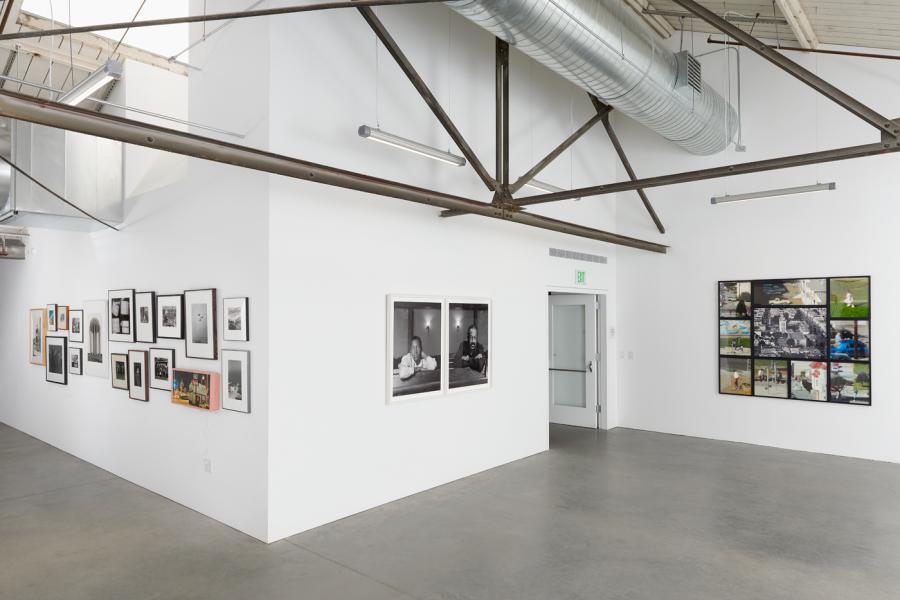Shotgun Review: These American Lives
by Genevieve Quick
These American Lives at Rena Bransten Gallery showcases twenty artists, many of whom present photographs or processes informed by photography. As Walker Evans' American Photographs (1938) and Robert Frank's The Americans (1958–1959) depicted many strata of society, the exhibition presents a diverse picture of American culture and alludes to some of the ways it has changed, or remains the same, over time.
In Rupert Garcia's No More O' This Shit (1969), the artist appropriates the cereal icon of a smiling African American man as a butler/chef. Garcia disruptively inserts "No More O' This Shit" below the seemingly affable imagery. While Cream of Wheat continues to use this icon even today, it is steeped in historical depictions of African Americans as servile domestic help, as is the branding for Aunt Jemima and Uncle Ben's. Garcia's cutting humor challenges historical depictions of African Americans within popular culture and product branding.
More poetically, Dawoud Bey's Braxton McKinney and Lavon Thomas (2012)—from the artist's The Birmingham Project—memorializes the victims of the 1963 Ku Klux Klan bombing of the Sixteenth Street Baptist Church and related violence. For this series, the artist photographed six children who were the same ages as the victims and six adults who would be the children's ages in 2012. In Bey's portraits of Braxton McKinney and Lavon Thomas, both figures lean over the church pews; the younger subject rests one hand behind his neck, displaying the slight hesitancy of youth, while the elder crosses his arms with confidence. Bey's work hauntingly suggests the absence of life and the experiences that these children may have had.
Doug Hall's composition of ten photographs, Neighborhood Watch (1995), subtly continues the theme of race and the transition from childhood to adulthood. A large and sharply focused bird's-eye black-and-white photo of Leonard Flynn Elementary School and the Bernal Dwelling housing project contextualize the work. Hall surrounds this image with grainy surveillance-like color images of children and adults in the school's playground and the housing project's parking lot. As local residents move between public education and housing on a daily basis and as they advance through the institutions with age, they are subject to the surveillance of neighborhood watches, particularly in low-income African American and Latino neighborhoods. In 2016, as San Francisco experiences rapid gentrification, "neighborhood watch" takes on new meaning as many residents keep tabs on their neighborhoods, aware of their own precarious housing situation.
As places change over time, locally and nationally, much remains the same as we continue to grapple with racial inequality. While These American Lives is not an exclusively political show, many works address the ways that artists have created complex and inclusive portraits of Americans, challenged the status quo, and found humor and poetry in loss and suffering.
